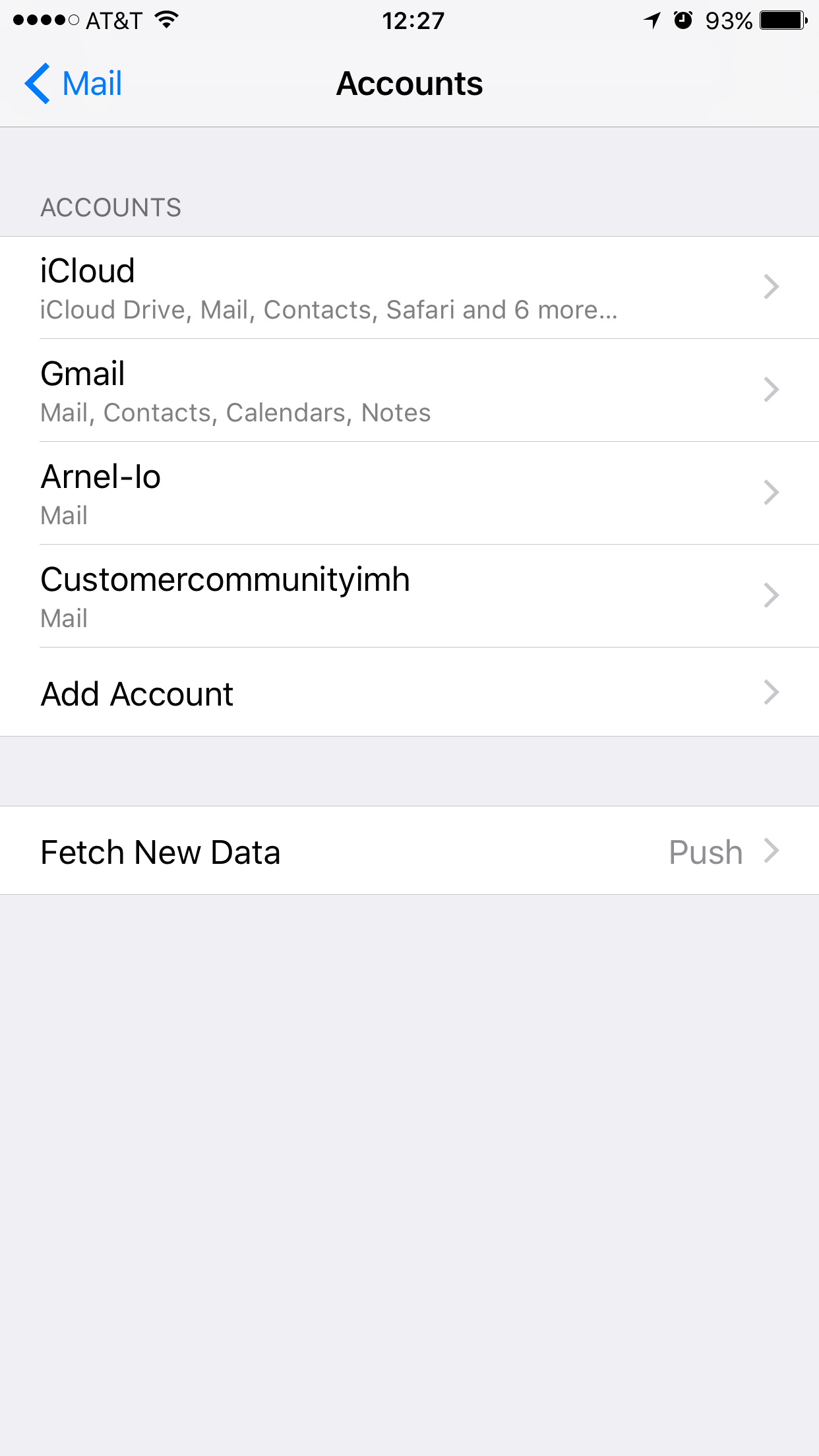

- How to verify server certificate for gmail on mac update#
- How to verify server certificate for gmail on mac verification#
- How to verify server certificate for gmail on mac windows#
That will display all accounts that you have stored on your iPhone device. The most common suggestion coming straight from Apple’s developers is to completely remove your iPhone email account and replace it with a new one. We will go into what you, as an iPhone user, can do. However, sometimes the developers on the server’s end have to do their “magic” behind the scenes to help users connect. There are a few fixes that can solve this issue. This means that hMailServer will attempt to set up an encrypted communication channel but if this fails it will fall back to a connection with no security.How Can You Solve This Issue on Your iPhone? When a MX-resolved delivery is performed, hMailServer will use connection security STARTTLS (Optional).
How to verify server certificate for gmail on mac windows#
HMailServer uses Windows functionality to verify peer certificates and will hence trust certificates which Windows is configured to trust.
How to verify server certificate for gmail on mac verification#
Keeping certificate verification enabled in production is strongly recommended.
How to verify server certificate for gmail on mac update#
UPDATE hm_settings SET settinginteger = 0 WHERE settingname = 'VerifyRemoteSslCertificate' If you want to update the database manually, issue the following command and then restart the hMailServer service. Using the API, you can set VerifyRemoteSslCertificate = False on the Settings object. To do this you need to either use the API or access the hMailServer database directly.


In these scenarios - where a client is connecting to hMailServer, hMailServer will present a certificate which will be used to encrypt the session.ĭuring testing, you may want to disable certificate verification completely. A remote server which delivers a mail to hMailServer does not have to provide a certificate either. If a end-user connects to hMailServer using for example Thunderbird or Outlook, he does not have to provide a certificate. Note that hMailServer does not verify remote client certificates - it only verifies the certificates of servers it connects to. If one of these steps fail, the certificate check fails.

For example, if a client which only supports SSLv3 connects to a server which supports both SSLv3 and TLS1.1, then SSLv3 will be used. This is based on the implemented support in the two peers, and the configuration of them. No fallback to a connection without security is made.ĭuring SSL/TLS handshake, the peers will agree on what cryptographic protocol and cipher to use. If the remote peer does not support STARTTLS, or if the SSL/TLS handshake fails, the connection will be terminated. With this option enabled, hMailServer will attempt to use STARTTLS with SSL/TLS. In this case, a message will be logged in the debug log. If the peers agree on a cryptographic protocol and cipher, but the certificate verification fails, the connection will be used despite the failed certificate verification. If the remote peer does not support STARTTLS, or if the peers can not agree on a cryptographic protocol and cipher, hMailServer will fallback to a connection with no security. If the handshake fails, the connection will be terminated. Directly after hMailServer has established a connection with the remote peer, it will perform a SSL/TLS handshake. With this option enabled, the communication will be encrypted using either SSLv3 or TLS. If you select this option, the communication will not be encrypted. This option means that there is no connection security. Before selecting connection security, make sure that the remote peers supports it. There are different types of connection security which can be enabled, and what to use depends on requirements and the functionality available in servers the hMailServer installation communicates with. In hMailServer, this is called Connection security. When hMailServer communicates with other clients and servers (called peers), it is possible to enable encryption of the TCP/IP connection.


 0 kommentar(er)
0 kommentar(er)
